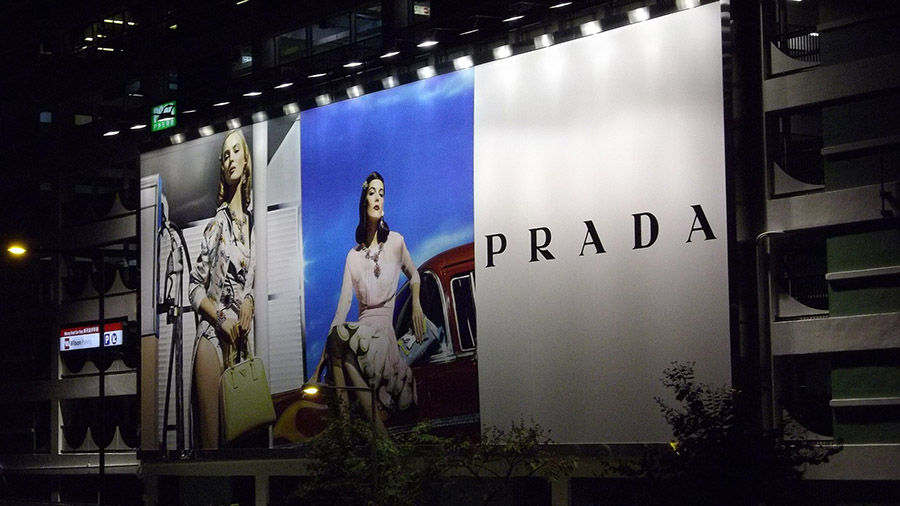
By Dr Charika Channuntapipat, Lecturer in Accounting
The Department of Accounting, Birmingham Business School
Lloyds Banking Group Centre for Responsible Business
Prada recently announced that the brand will join the fur ban movement starting with its women’s collection for spring/summer 2020. It is now listed as one of the fur free retailers amongst many other well-known brands.
Public pressures have been challenging the sale of fur fashion items increasingly in recent years. Thus, the fur ban movement has been continuing as a response to shifting norms for fashion consumption. The fight against the use of fur is not something new; it has been going on for decades, but thanks to the recent announcements by big players in the industry, the movement has come back to the spotlight.
The decision to ban fur does not only respond to lower demand for fur products but can also be viewed as “a marketing boost” as mentioned by Lorenzo Bertelli, Prada Group’s head of marketing and communications. Joining other luxury fashion brands (e.g. Gucci and Burberry) who have previously banned fur, Prada could certainly attract media attention by being perceived as more ethical and responsible.
Why fur clothing can be unethical
The profit maximisation agenda of fur farms leads to animal cruelty, with limited concerns for animals’ welfare and the environmental impact of fur harvesting. This includes cruel traps and killing methods to limit damage to the animals’ fur; and poor animal welfare and abuse in the process.
Besides these unethical methods to harvest fur, fur farming also has a great environmental impact. A fact sheet provided by the Fur Free Alliance stated that the environmental damage of minx fur is significantly greater than other fabrics. The production is an intensely polluting process as hazardous chemicals are used to prevent animal skins from decomposing. The toxic chemicals are exposed to the environment and also make contact with factory workers. Although reasonable concerns have been aired about fur alternatives, using synthetic materials such as faux fur causes less environmental impact.
The potential repercussion of fur alternatives
Well-intentioned fur lovers turn to faux fur fashion items to support the movement to stop animal cruelty and consume more ethically. However, consuming faux fur is not without hassle, as consumers might unintentionally buy real fur: in 2018, the BBC reported that fashion products with real animal fur were labelled as faux. This is also caused by the fact that the supply chain is difficult to be fully traced, especially for market places; and the inadequate labelling scheme.
Although the labels of fashion items should be a helpful tool for conscious consumers to distinguish real fur products from the fake ones, they cannot be solely reliable. The labelling rules do not require the inclusion of fur in a product to be disclosed, if it’s under a certain proportion.
Also, faux fur could be contributing to other environmental impacts (e.g. waste water from the production plants; and contamination of microfibers shed in the wash). This emphasises the fact that the choice of going fur free does not come with guilt-free unconscious consumption.
Thoughts on the fur ban movement and fashion consumption
The increase in fur free retailers has shown some progress from the fashion industry away from promoting aesthetic products at the cost and pain of animals. Even though some of them have made such decisions based mainly on a business case for profit, rather than ethical and environmental considerations, this can help create a mimetic effect that encourages other brands to follow the agenda.
However, the pledge to ban the use of fur by these fashion houses needs to be accompanied by more transparency in the supply chain and stricter and clearer labelling rules to increase the accountability of the supply side. The more conscious consumption of fashion items should also be promoted to minimise the impact of the demand side.
Besides the call for fashion brands to go fur-free, there is even more pressure on the industry due to its social and environmental impact. With these increasing pressures and changing norms, businesses need to be more responsible to meet the demands for ethical products. It is critical that the fashion industry becomes more creative, not only in terms of design and trend creation, but also in terms of innovative materials to respond to such changes.
